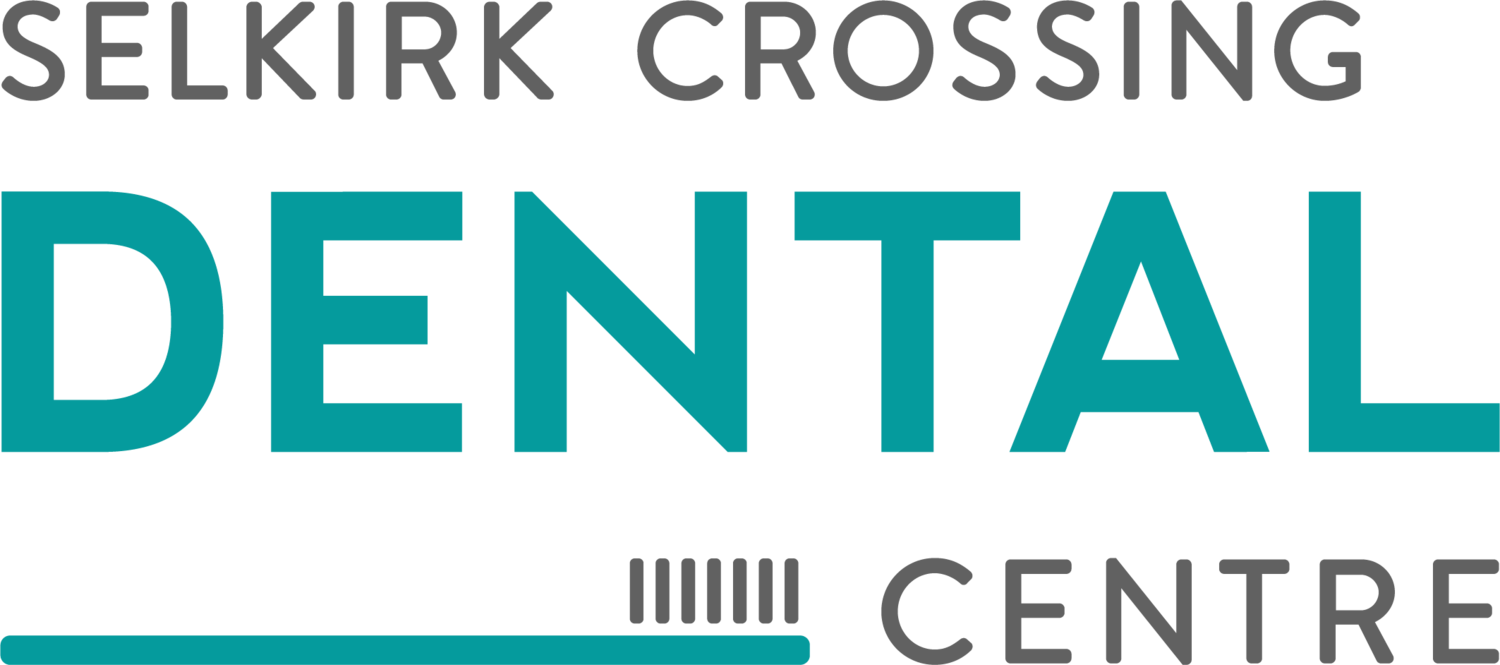Are you interested in improving your smile and overall confidence? Invisalign and traditional braces are two of the most popular options for improving your smile.
However, deciding which is right for you can be overwhelming, especially at first. That's why we're here to provide information on the differences and comparisons between Invisalign and traditional braces to help you decide which option is best for you! Read on to learn more.
Overview of Invisalign
Invisalign has become a modern alternative for traditional braces. This treatment straightens your teeth using transparent, removable aligners. These aligners are customized for each patient and assist in moving the patient's teeth gradually to their desired position.
Invisalign is virtually invisible, making it a popular choice for adults and teenagers who would prefer to undergo treatment that is less noticeable than wearing braces.
Invisalign aligners are also removable, allowing easy eating, flossing, and brushing. Treatment with Invisalign typically takes about 12-18 months, based on the seriousness of the case. Overall, Invisalign offers a more discreet and convenient option for those looking to improve their smile.
Overview of Traditional Braces
Traditional or metal braces are brackets bonded to each tooth and connected with wires. They apply constant pressure to shift your teeth gradually into the preferred position.
While they can be noticeable, traditional braces are highly effective and can correct various orthodontic issues. Depending on the case's complexity, treatment time can range from 18 months to several years. They also require regular adjustments and special care, such as avoiding certain foods.
Comparison of Pros and Cons
When it comes to straightening your teeth, there are two main options: Invisalign and traditional braces. Both options have pros and cons, and it's important to consider these before deciding.
Pros of Invisalign:
Clear aligners are nearly undetectable, making them a great option for discrete treatment.
They are removable, making eating and cleaning your teeth easier.
No wires or brackets thus they are more comfortable
Cons of Invisalign:
Invisalign is not suitable for everyone. It may not be effective for more complex cases or severe malocclusions.
The aligners must be worn for at least 22 hours daily, which can be difficult for some people to adhere to.
They can be more expensive compared to traditional braces.
Pros of traditional braces:
They are effective for correcting many dental issues, including severe malocclusions.
Braces are often less expensive than Invisalign.
They require less discipline than Invisalign, as they cannot be removed and must be worn 24/7.
Cons of traditional braces:
They are more noticeable compared to Invisalign.
They require more hygiene maintenance, as food can get stuck in the wires and brackets.
They can take some getting used to.
Factors to Consider When Choosing Between Invisalign and Traditional Braces
When deciding between Invisalign and traditional braces, several factors must be considered.
First, the severity of your orthodontic issues may play a role in determining which treatment option is best for you. Invisalign is typically recommended for mild to moderate cases, while traditional braces may be more effective for complex issues.
Additionally, your lifestyle and personal preferences should be taken into account. Invisalign offers the advantage of being virtually invisible and removable, but it requires discipline to wear the aligners consistently. On the other hand, traditional braces may be less discreet but require minimal effort from the patient.
Lastly, it’s important to speak with your dentist to see what options are available to you.
Invisalign vs. Traditional Braces: Which is Right for You?
When deciding between Invisalign and traditional braces, it ultimately comes down to personal preference and the specific needs of your teeth. Invisalign offers the advantage of being virtually invisible and removable, allowing for easier maintenance and a more discreet appearance.
On the other hand, traditional braces may be more effective for complex tooth movements and can be a more cost-effective option. To determine the best option for you, it’s important to consult with your dental professional.
At Selkirk Crossing Dental, our experienced dentists can help assess your needs and recommend the most suitable treatment. Contact your dentist in Selkirk to schedule a consultation.

